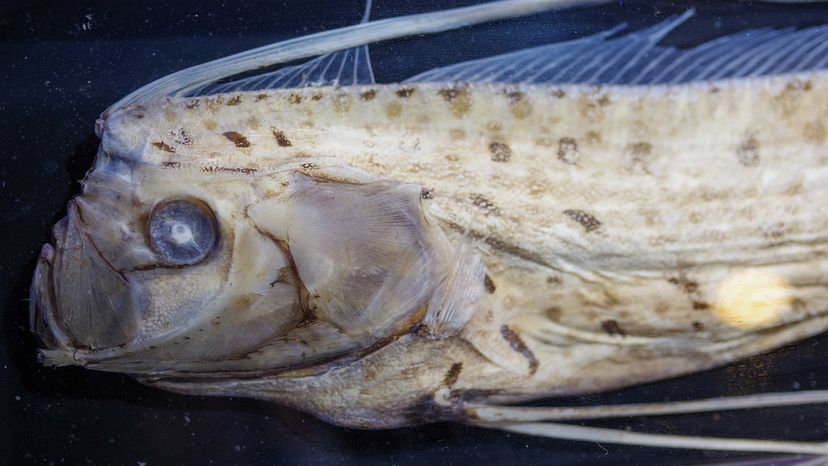
As land-dwelling humans, the ocean can be both fascinating and a little (or a lot) frightening. It's therefore not all that surprising that an appearance of the large, strange-looking oarfish might make people anxious, especially in our social-media addled age.
Here, we'll look at why and how this gentle marine giant got called a "doomsday fish," and hopefully keep the facts and the legend separate.
Advertisement